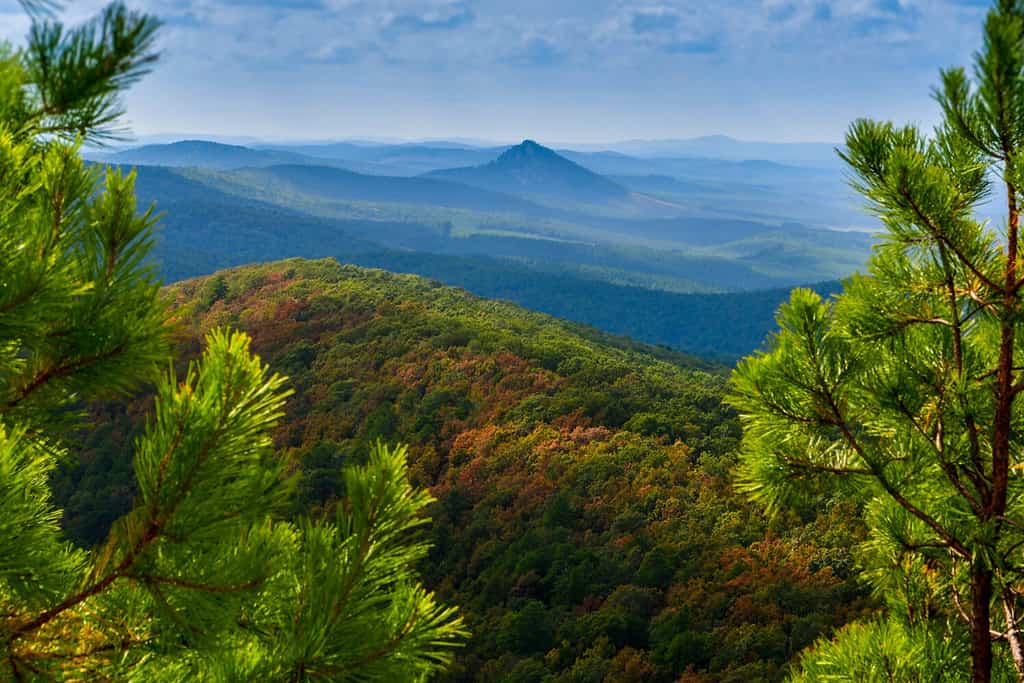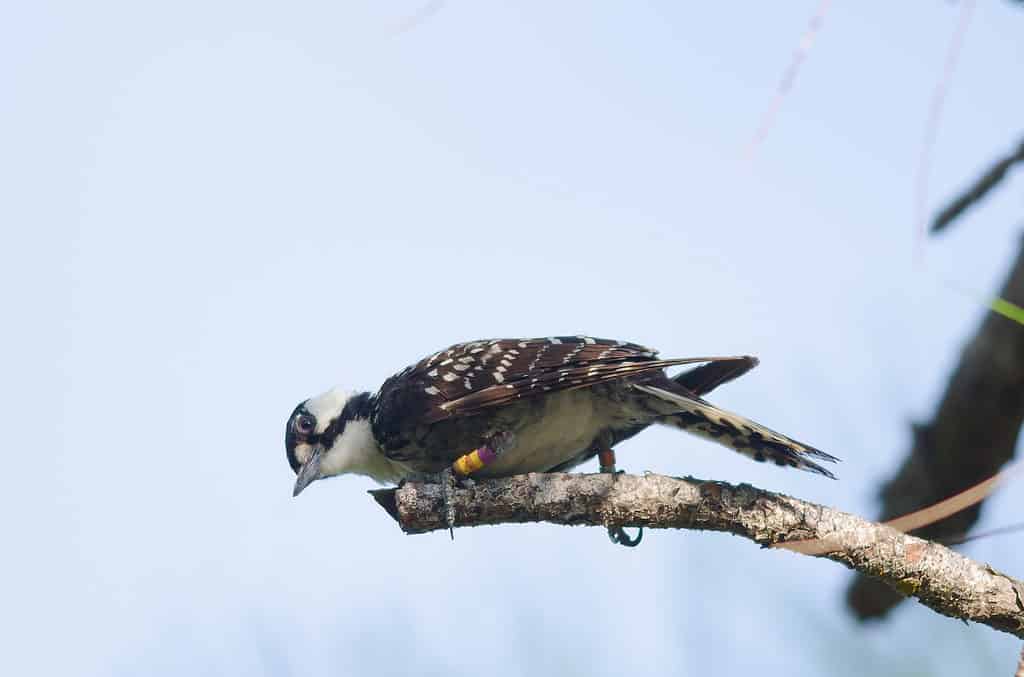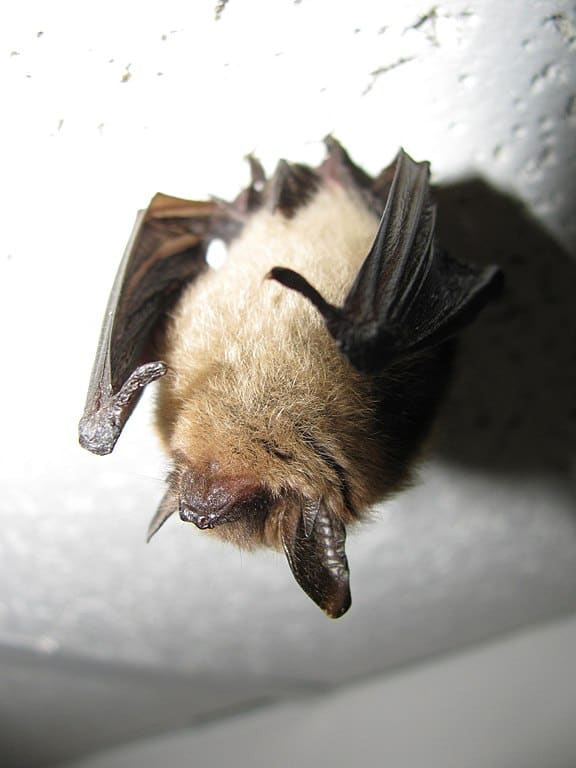Between the Ozarks and the Ouachita Mountains, Arkansas is home to some extremely mountainous terrain. Magazine Mountain, a part of the Ouachita range, is the highest point in both the state and the entirety of the U.S. Interior Highlands. But with the formation of every tall mountain range comes a series of lowlands and valleys, and the Ouachita Mountains happen to form the watershed that feeds into the lowest point in Arkansas.
Originating near Mena, Arkansas in the Ouachita range, the Ouachita River flows through the state for hundreds of miles. Far to the south, just before it flows into northeastern Louisiana, the river sits at just 55 feet (17 meters) above sea level. This makes it the lowest point in the state. But that’s not all! In this article, we’ll take a look at how the location formed, what lives there, and reasons you might want to visit the area yourself!
How Was the Ouachita River Formed?
Based on comparisons between the layers of rock comprising both the Ouachita Mountains and the Appalachian Mountains, it is apparent that they were both once part of the same, much larger range. As the Pangaea supercontinent began to break apart about 200 million years ago, the mountain chain separated and left wide expanses of lowlands between the Ouachitas and Appalachians. Today, many lowlands and valleys within the ancient ranges form rivers, lakes, and fields across the state and provide the foundations for many towns and cities.
The Ouachita River begins as a small stream in what is today Eagleton, Arkansas, just northwest of Mena. From there, the river flows eastward for over 100 miles before turning southward toward Louisiana. During its long, winding journey through the mountains, the river collects water from many watersheds and picks up speed and volume. From its origin to its lowest point in Arkansas, the river drops more than 1,400 feet in elevation. Just before it reaches that point, however, it fills a lock and dam in the Felsenthal National Wildlife Refuge, forming the massive Lake Jack Lee.

The river that eventually passes through the lowest point in Arkansas originates in the ancient and highly eroded Ouachita Mountains. The Ouachitas once joined the Appalachians to form a much larger mountain chain.
©Shawn Herrington/Shutterstock.com
Lake Jack Lee and the Felsenthal National Wildlife Refuge
Located just north of the lowest point in Arkansas sits the Felsenthal National Wildlife Refuge. The wildlife area, named for the nearby town of Felsenthal, comprises over 76,000 acres. Lake Jack Lee, a popular destination for anglers in southern Arkansas, makes up about 20 percent of that area.
There is plenty to do and explore within the refuge. From camping and trail riding to fishing, floating, and birdwatching, the area certainly offers something for everyone.
Fishing
With over 15,000 acres of water, there is plenty of fishing to be done. Largemouth and smallmouth bass appear throughout the lake in addition to bluegill, crappie, and bream. Catfish lurk in the cool-water bottoms and hide between the trunks and knees of the massive cypress. Many visitors seek out the lakes crawfish and hunt frogs among the plentiful lily pads and lotuses.
To access the water, visitors to the park can use one of several improved boat ramps. They can also float along the many slow-moving routes that move through the refuge, though currents increase in speed in correlation with the Ouachita River.
Birding
Hundreds of various bird species make use of the lake year-round. Throughout the spring and summer, the refuge fills with songbirds of all kinds. The refuge is also an important nesting site for the endangered red-cockaded woodpecker. The species has appeared on the list of endangered species since before the Endangered Species Act of 1973 which provided them with protections. These woodpeckers rely on the many thousands of acres of loblolly pine in the refuge to find food, excavate nests, and raise their young.
In the autumn, the lake swells and more than doubles in size. As it spills over into neighboring ponds and holes, the water level rises and the lake expands to create an astounding 36,000 acres of habitat for migrating waterfowl. Beginning in September, tens and sometimes hundreds of thousands of birds arrive to overwinter at the reserve. Much of this area on the northern side of the lake is set aside as a sanctuary for these wintering birds.

The endangered red-cockaded woodpecker makes use of the valuable pine forest habitat found in the Felsenthal National Wildlife Refuge. Their populations have been in decline since at least 1970.
©iStock.com/spates
Other Wildlife
The park features more than just a wetland habitat. From lowland prairies to open fields to mature hardwood forests, many other types of animals call the refuge their home as well. Hunters pursue popular game animals like deer, turkey, and numerous furbearers. Multiple sensitive bat species, like the tricolored bat (Perimyotis subflavus) and the northern long-eared bat (Myotis septentrionalis), spend the first half of the year among the rocks and trees of the refuge. Both species are facing extinction due to the rapid and aggressive spread of a fungal disease called white-nose syndrome. These bats are also under threat from the expansion of human settlements, which cause pollution and destroy valuable habitats in favor of resource extraction and development. They rely on protected wildlife areas like the Felsenthal Refuge today more than ever.

While northern long-eared bats rely on caves for hibernation, they will spend much of their spring and summer months roosting in the trees of the Felsenthal Wildlife Reserve. This species is one among many species of bat affected by the fungal white-nose syndrome.
Thank you for reading! Have some feedback for us? Contact the AZ Animals editorial team.








